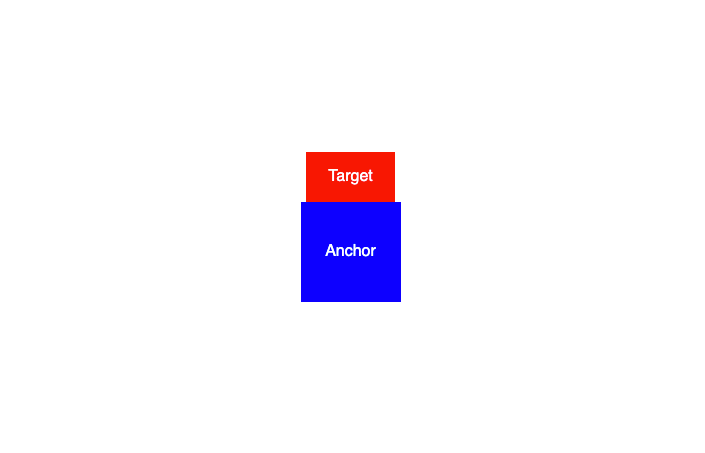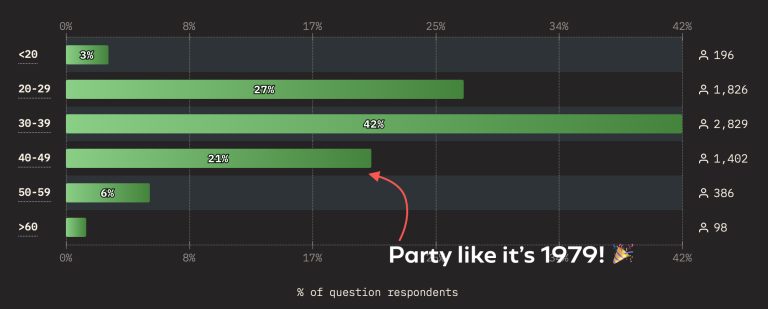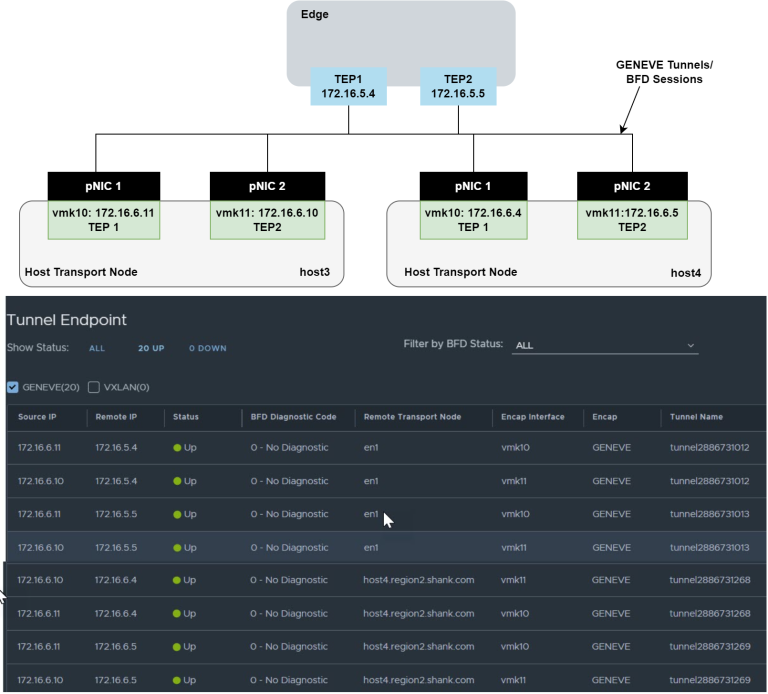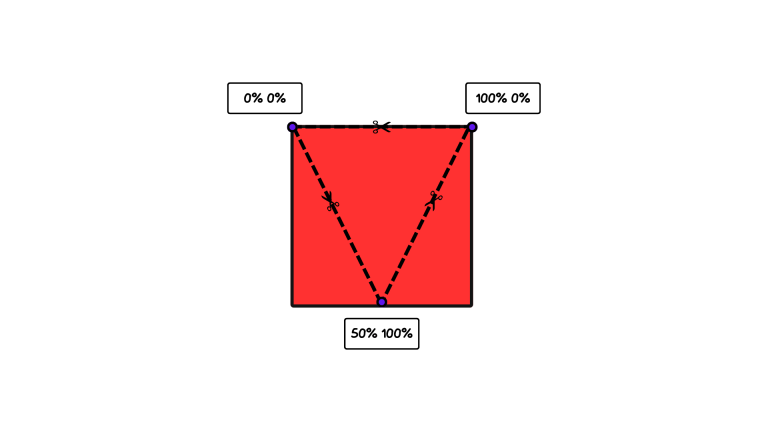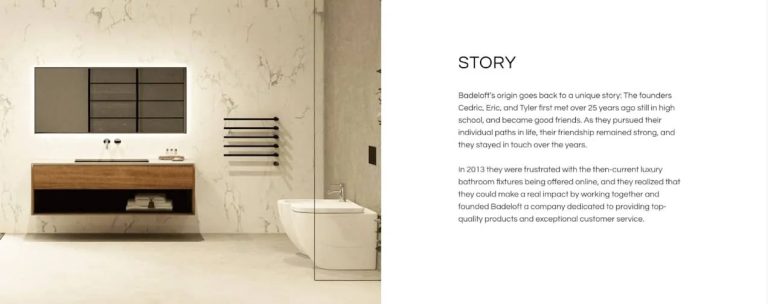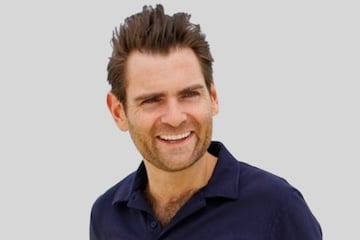
I’ve interviewed hundreds of entrepreneurs for this podcast. Most are problem solvers and optimists, confident in their ability to fulfill a need.
Take Lloyd Armbrust. He’s an editor turned software founder, having launched OwnLocal, a Y Combinator-backed portal for local newspapers.
When the pandemic hit, he observed doctors and nurses struggling to get protective gear. He thought, “This is ridiculous. How hard could it be to make these things?”
His solution was Armbrust American, an Austin, Texas-based manufacturer of personal protective equipment, which he launched in May 2020 and remains viable despite the dramatic drop in demand.
He and I recently spoke. He shared his lessons in manufacturing, ecommerce, and family-first priorities. Our entire audio is embedded below. The transcript is edited for clarity and length.
Eric Bandholz: Tell us who you are.
Lloyd Armbrust: My background is in media and software, but most prominently, I started a U.S.-based personal protective equipment manufacturing company in May 2020, at the onset of the pandemic. We produce U.S.-approved surgical masks, KN95 facemasks, and gloves. People said manufacturing couldn’t be done here and had to be in China, but we proved them wrong — though it’s been the hardest thing I’ve ever done.
When the pandemic hit in March 2020, my software business, OwnLocal, was slowing down. I saw how doctors and nurses struggled to get protective gear — some wore raincoats in emergency rooms. I thought, “This is ridiculous. How hard could it be to make these things?” So, I started researching and quickly learned it was much more difficult than I assumed.
I come from a software background, and I often say pushing pixels is easier than pushing atoms. If you want to scale software, click a few buttons on Amazon Web Services, and you’re ready. Manufacturing is a different beast. Yet we launched on Shopify and made a $1 million revenue in the first week, mainly because no one had masks in stock.
Bandholz: Did you have inventory ready, or was it a scramble?
Armbrust: We were producing masks but underestimated how hard fulfillment would be. We didn’t have a shipping system or proper label printers. I bought a label printer from Office Depot and tried to fulfill the first 100 orders. We had thousands of orders coming in, and it felt impossible. It took about three months to catch up.
This wasn’t about money. It was about solving a problem. Our mission from the start was to bring strategic manufacturing back to the U.S. All profits have gone back into the company. Today, consumer demand for masks has dropped significantly. We’re down to about $1.8 million in sales over the last 12 months compared to $7 million in January 2022 alone.
Bandholz: How do you manage a company with such a revenue drop?
Armbrust: It’s tough and demotivating. Scaling up and scaling down require the same skills — cutting costs and being ruthless. In the early days, our system was inefficient. We had 27 assembly machines, with 100 people running them to produce about a million units daily. Now, we’ve got five machines, each run by one person to output 200,000 units daily. So, we went from 27 machines and 100 employees to five machines and five employees, with the same production capacity.
We got lucky with our lease. The facility had been used by a defense contractor. When the pandemic hit, no one was leasing manufacturing space, so we got the space at a fraction of the cost. The owner wanted $50,000 a month for the space. It was really beautiful and big. We started at $5,000 monthly and worked up to $20,000, which they agreed on. Still, it was an 18-month lease. But by the time demand for PPE dropped, we were in prime real estate, right next to Amazon and Elon Musk’s Boring Company. We eventually moved to a facility on my ranch to save costs.
Bandholz: When you built that facility, what were your revenue projections, and where are you now?
Armbrust: We’re down to $1.8 million in annual consumer sales, but that’s only part of our business. We also manufacture for the government and other companies, but those contracts come with tighter margins — about 10-15%. The consumer side is more profitable and keeps us afloat.
When I built the facility, I had no idea where the bottom would be. China sells masks at prices lower than what it costs us to buy raw materials. They deliver masks to the U.S. for 1 cent each, while my raw materials cost more than that. The Chinese government subsidizes their manufacturers, covering costs like machines and even offering rebates. We can’t compete with that on price.
Ninety percent of medical gloves in the U.S. come from Malaysia and China. But before the pandemic, the U.S. didn’t produce any of these critical items.
Bandholz: You run the manufacturing business and OwnLocal, the publishing portal. You have six kids and a wife who also runs a business. How do you manage it all?
Armbrust: It’s all about priorities. My wife is at the top of my list, followed by my kids, and then making sure there’s money in the bank. I rank tasks every morning. I don’t focus on something that isn’t on that list. That can annoy some folks, but it keeps me sane. Work came before everything else in my first marriage, and I was unhappy.
Now, my family comes first. If my daughter wants to sit on my lap during an important business call, she’s in the meeting. I don’t apologize. I’m focused on enjoying life.
Bandholz: Where can people support you and reach out?
Armbrust: Armbrust.com. You can find me on X and LinkedIn.
